Coffee is one of the world’s most popular commodities. Many people drink a cup of coffee to boost their productivity or their mood. However, that did not work for me until I came to the LFP field station, in Cipaganti…
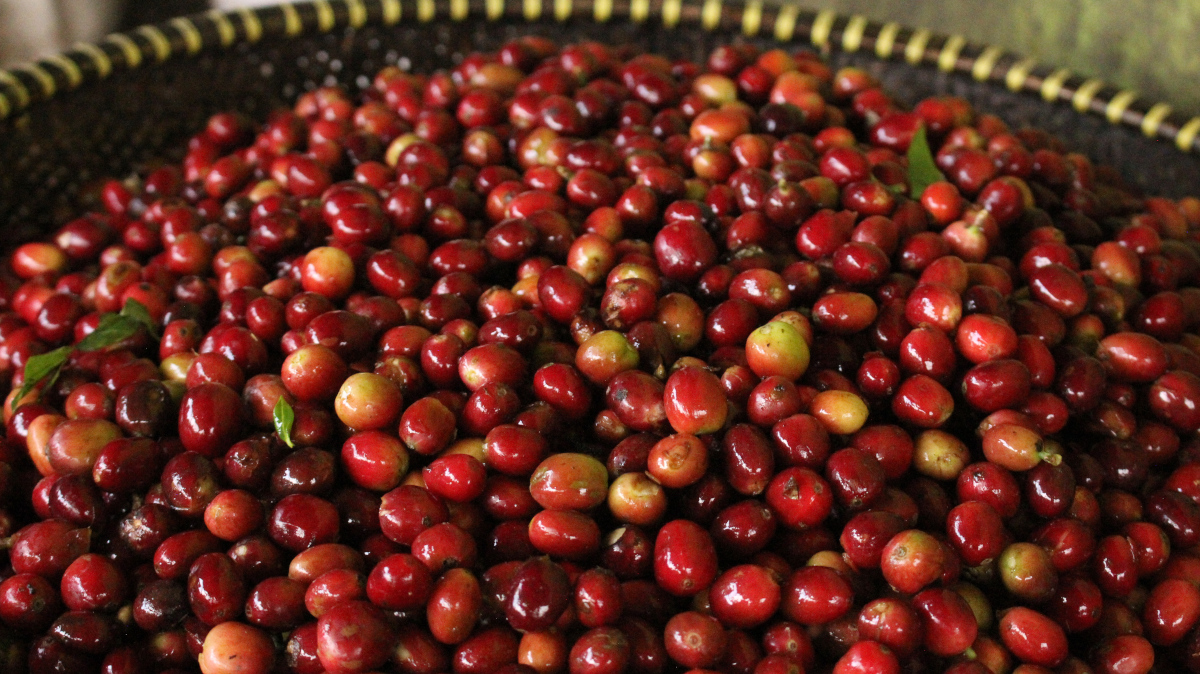
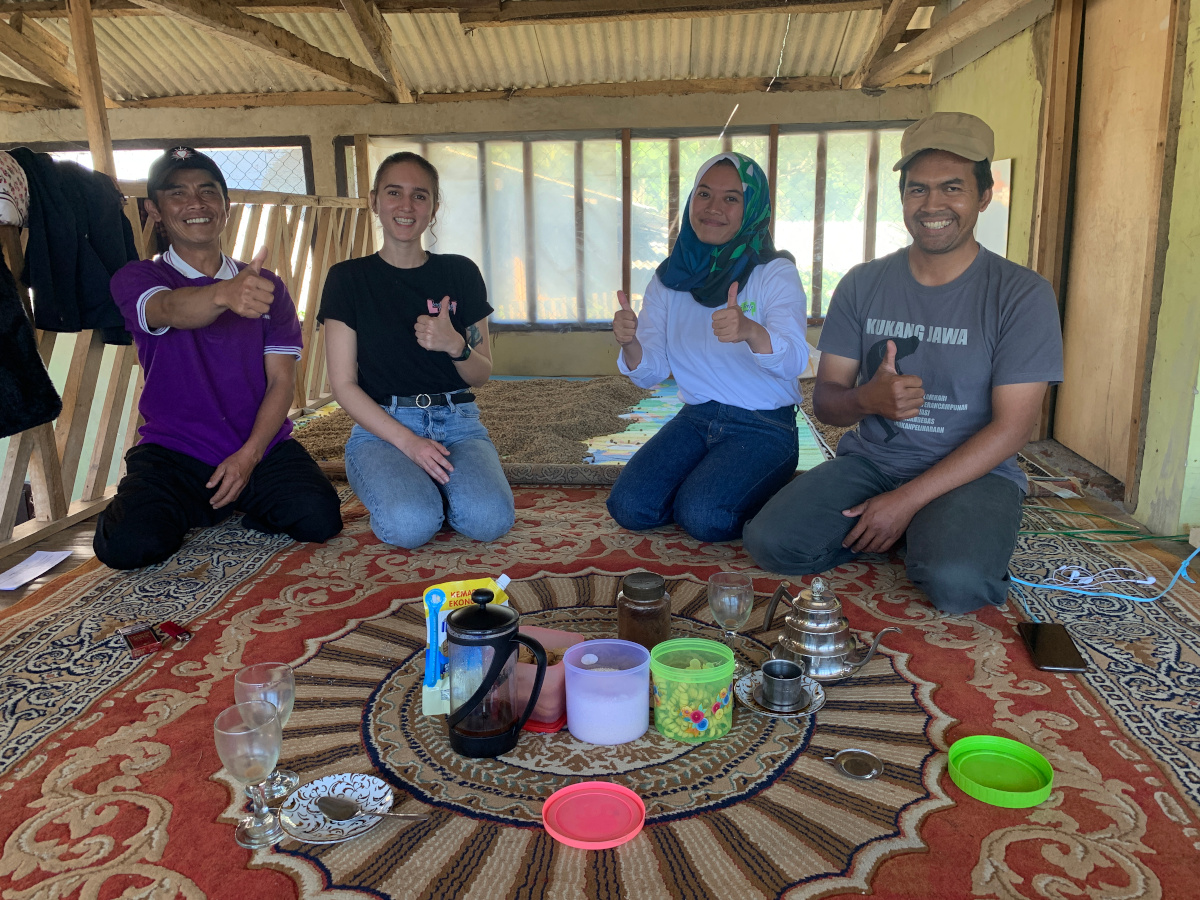
Hi, My name is Maulyya and I am a new marketing office in the coffee program at LFP. Nature has always been my favorite and never disappoints me, which is why I am excited to be a part of the Little Fireface Project as one of the conservation teams. To be honest, before coming to the field station, I was not a coffee lover or consumer. I have yet to see a genuine benefit from coffee in terms of my health or the environment. However, when I found more about the Wildlife Friendly coffee in LFP which is part of the agroforestry program, I felt my calling for it!
So here’s why my impression is false:
Coffee is not good for your health.
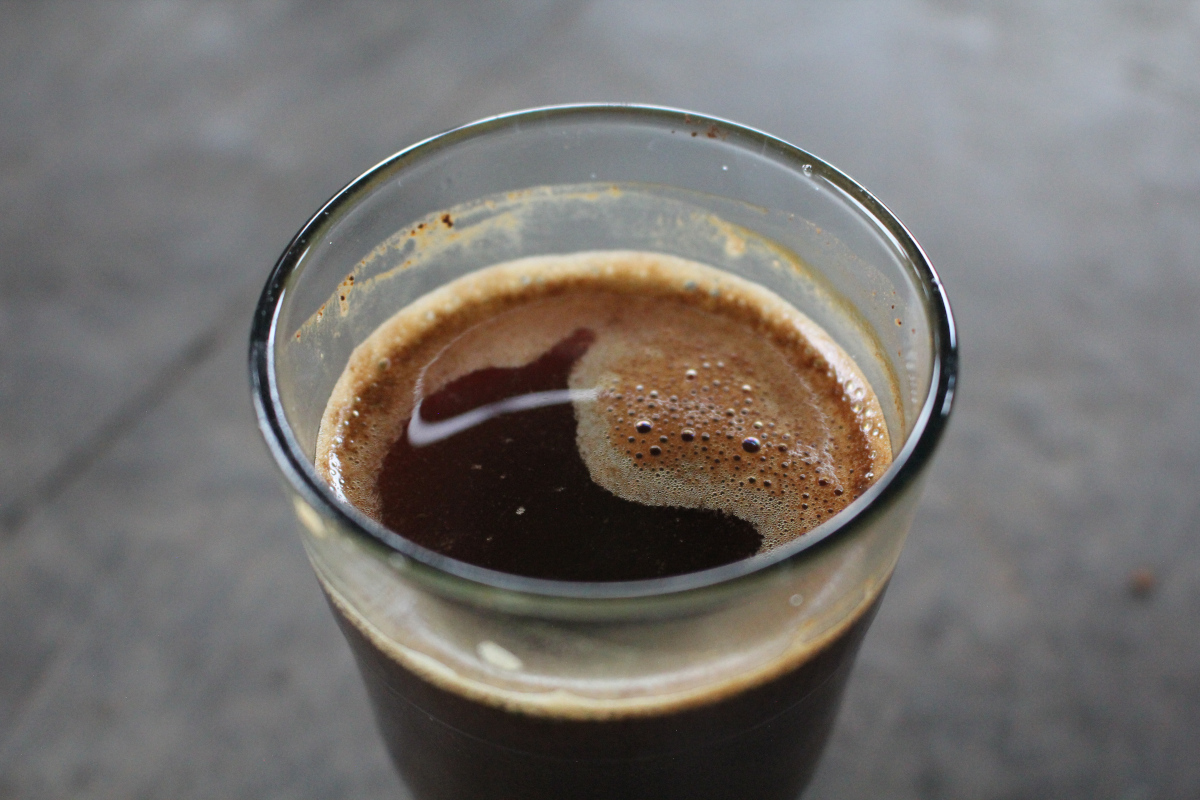
I assumed coffee was the only to keep me from staying up late to get things done, and by the end of the day, I felt sick. This impression appeared due to the coffee sachet that I drank X “D. On the other hand, consuming coffee (good quality coffee) in moderation improves health and productivity. In fact, coffee can help us feel more energized, lower our overall body fat percentage, and minimize our risk of a variety of illnesses, including type 2 diabetes, cancer, Alzheimer’s, Parkinson’s disease, and many more. So I realized,
“Oh, that’s one of the reasons why coffee is such a popular beverage :D”
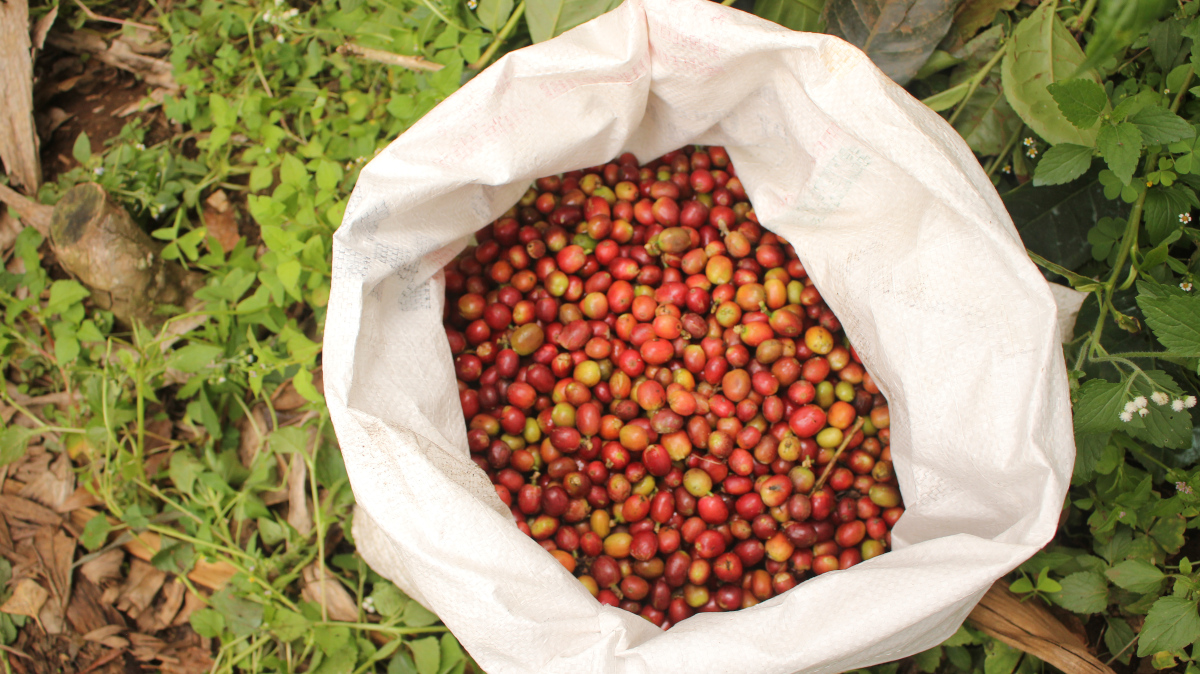
Coffee farming is detrimental to the environment, and there is nothing we can do about it!
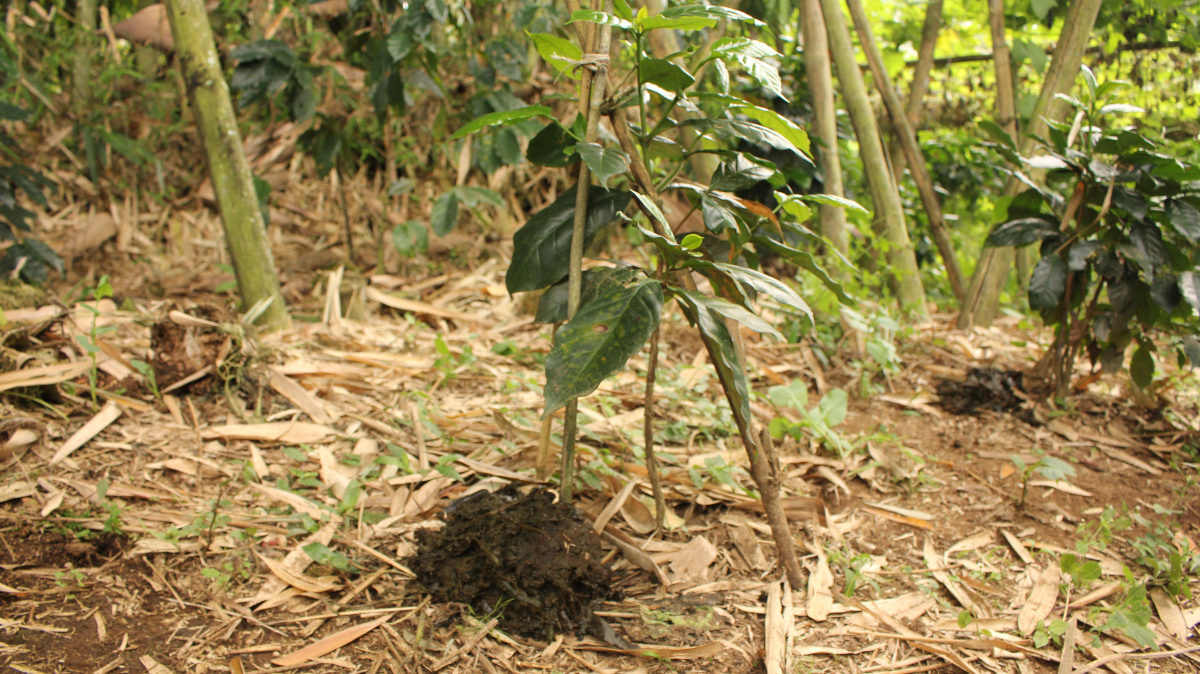
As the demand for coffee increases, many forests are being converted into farmland, which is really damaging to the habitats of our wildlife and all forest living things, particularly our buddies, the slow-lorises. This problem can be solved by applying agroforestry, and coffee, as one of the plantations that grow well in shade-grown trees, is the perfect match. Isn’t it? See more scientific information in the LFP publishing.
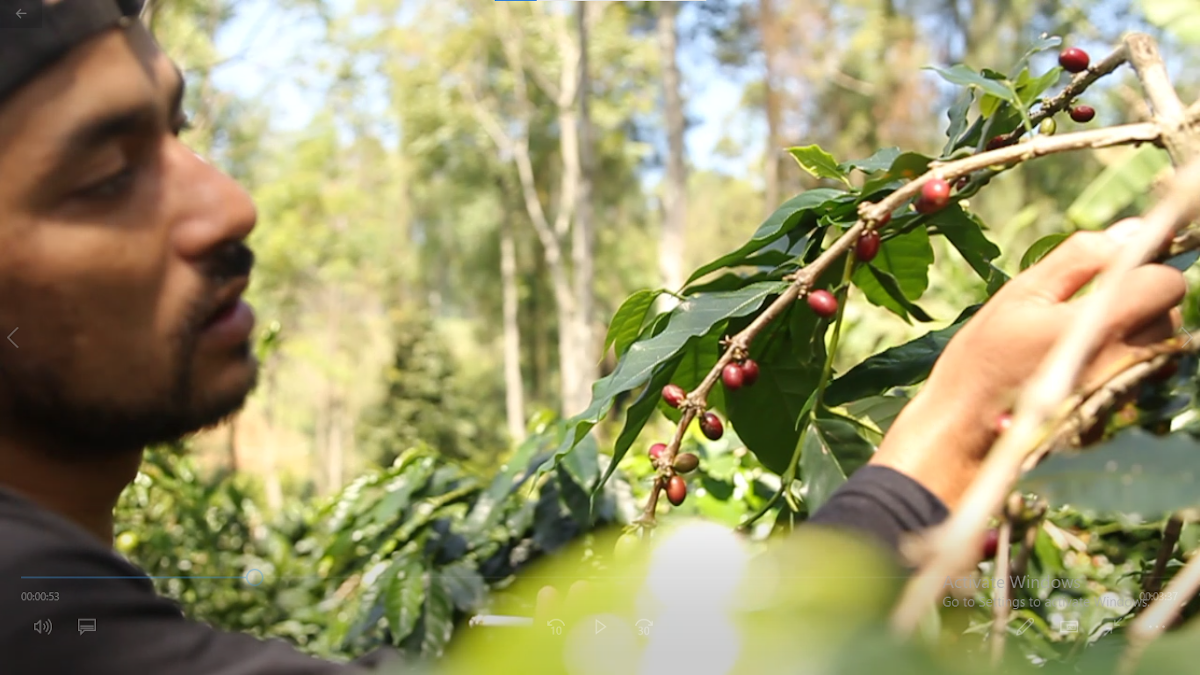
I dived into the WIldlife friendly coffee and met wonderful farmers that already conduct sustainable farming as part of the LFP coffee program. They are completely committed to doing and adhering to what it takes to have sustainable farming. They look after the farms as if they were their own children. It’s a lot of fun to get to know and learn about coffee farms from the farmers themselves! makes me love this process more.
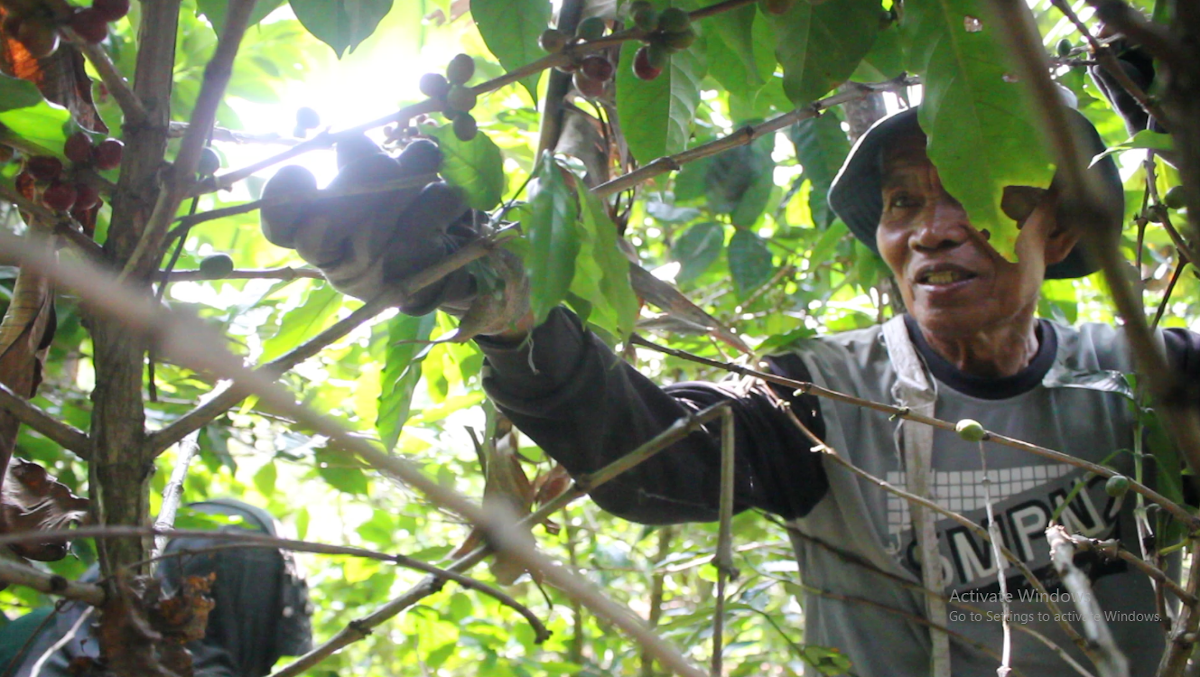
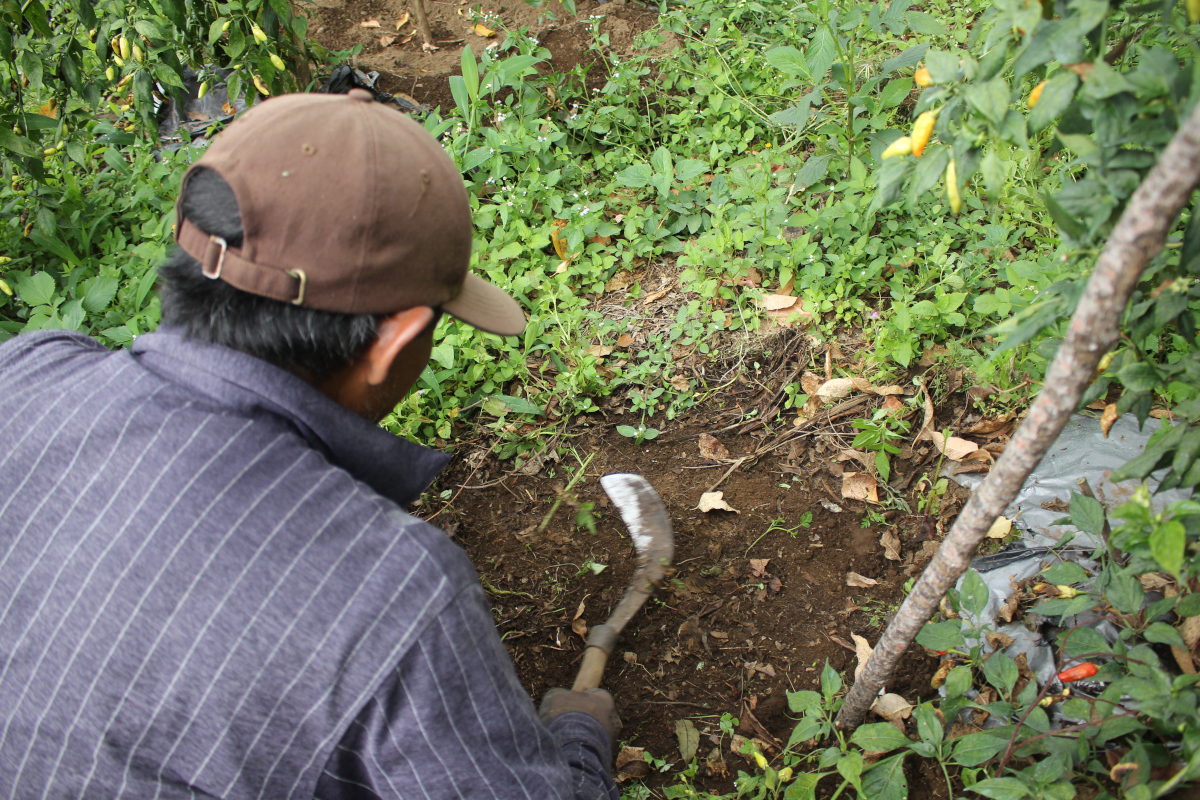
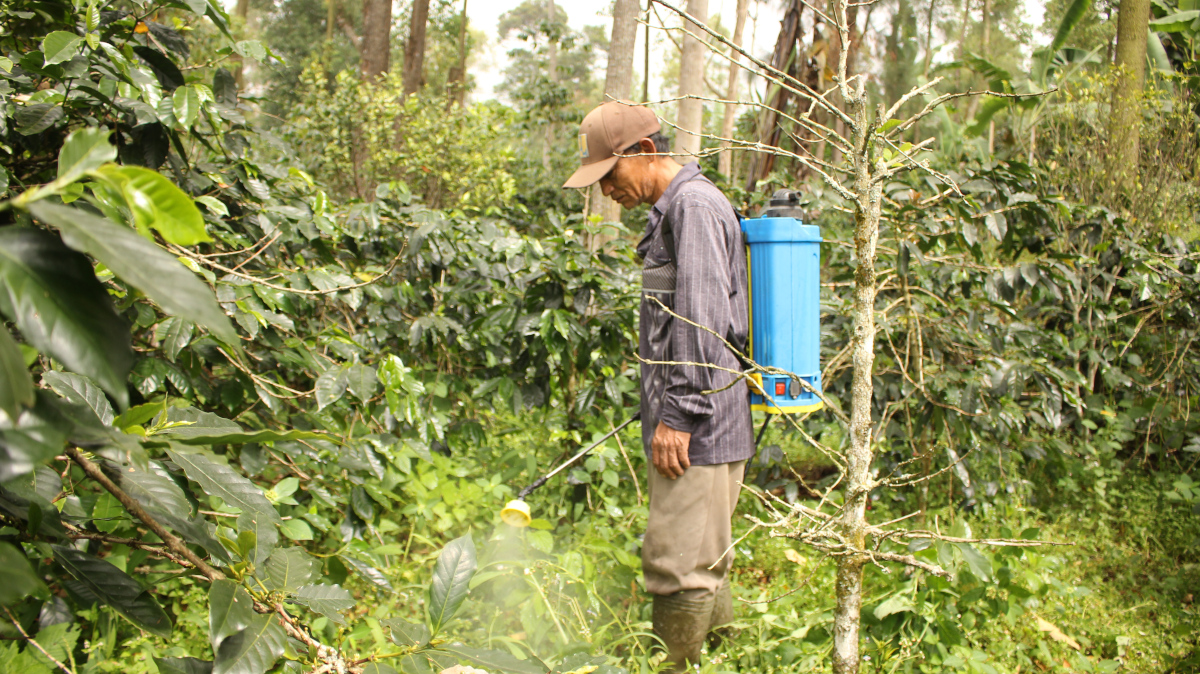
What I discovered was that making a single cup of coffee is not as simple as it appears. It takes several processes and some work to maintain this sustainable farming. In contrast to this, farmers are still not getting their fair price for coffee. Hence, that’s why LFP wants to solve this problem, and I would love to be a part of the solution as well.
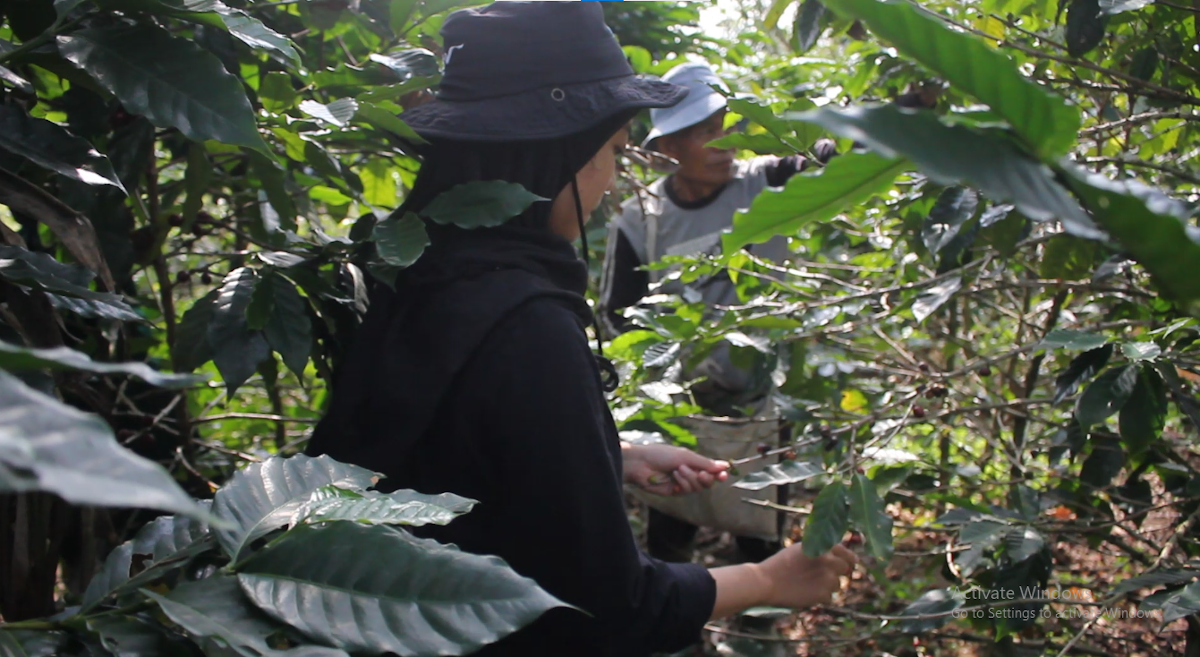
If you ask me, do I love coffee now? Surely, I can’t start my day without a sip of coffee ( Wildlife Friendly™ coffee) ;D
References:
Adronikos S Ballis. “Coffee a Worldwide Trend with Health Benefits”. Acta Scientific Nutritional Health 3.3 (2019): 70-73.

